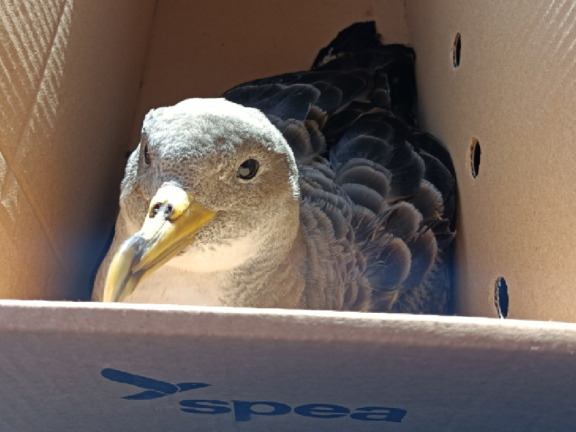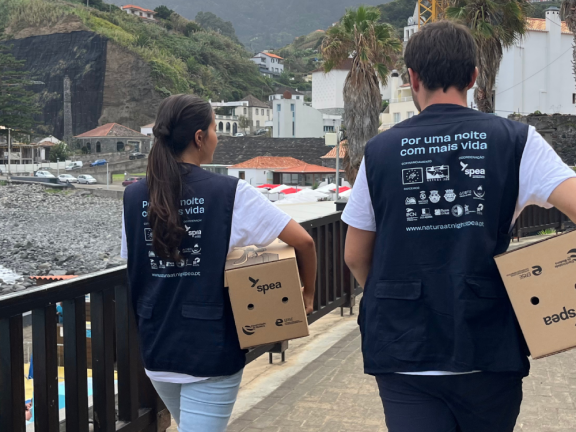For a night with life - LIFE Natura@night project
Light pollution is artificial outdoor light that is excessive, poorly directed or intrusive, and it manifests in various ways:
Glare
Visual discomfort resulting from inadequately oriented or unshielded luminaires. Direct exposure to light reduces the ability to evaluate light intensity and makes navigation difficult. Animals and people are often dazzled and disorientated, they may collide with infrastructure.
Light trespass
Inadequately directed light to objects or areas where illumination is not required such as inside dwellings or sensitive areas. Any light that penetrates into private property is unacceptable. They can impact quality of life and circadian rhythm by making it difficult for people to sleep.
Light clutter
Oversized light due to too many luminaires and/or too much luminosity in relation to the real needs. There are European standards that stipulate the amount and type of lighting required for specific areas.
Skyglow
Results from diffused light from luminaires being emitted directly into the sky or from light reflected from structures and roads. Diffuse or sky-glow does not only reduce our ability to see the night sky, but also interferes with natural processes such as photosynthesis and animal migration. In addition to the ecological impacts, light pollution generates energy waste.

A large part of the energy produced for outdoor lighting is dissipated as a result of poorly designed lighting. Unused energy is equivalent to money poorly invested. The financial burden of light pollution is significant and is a cost that can easily be avoided.
The energy lost due to light pollution represents 50% of the energy produced for public lighting and costs the European Union around 5.2 billion euros per year. This is the equivalent of 10 euros per man, woman and child living in the EU. In the context of Macaronesian, assuming that the same proportion of energy is wasted for light pollution, the cost per person would be around 30 euros, and the total financial burden of light pollution on the islands would be 36 million euros.
Well-designed quality lighting installation reduces energy use by 60-70%, saving millions of euros annually.




